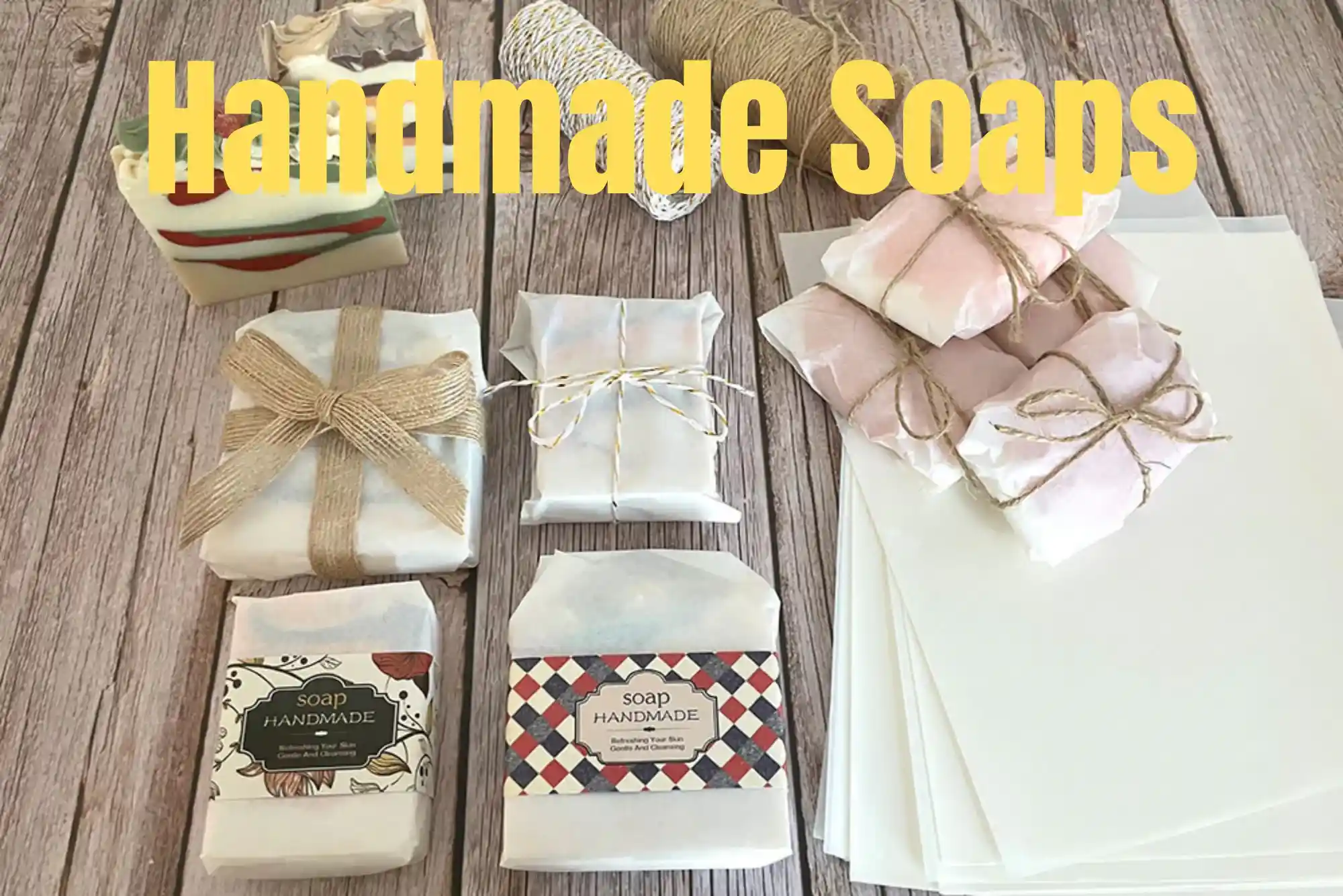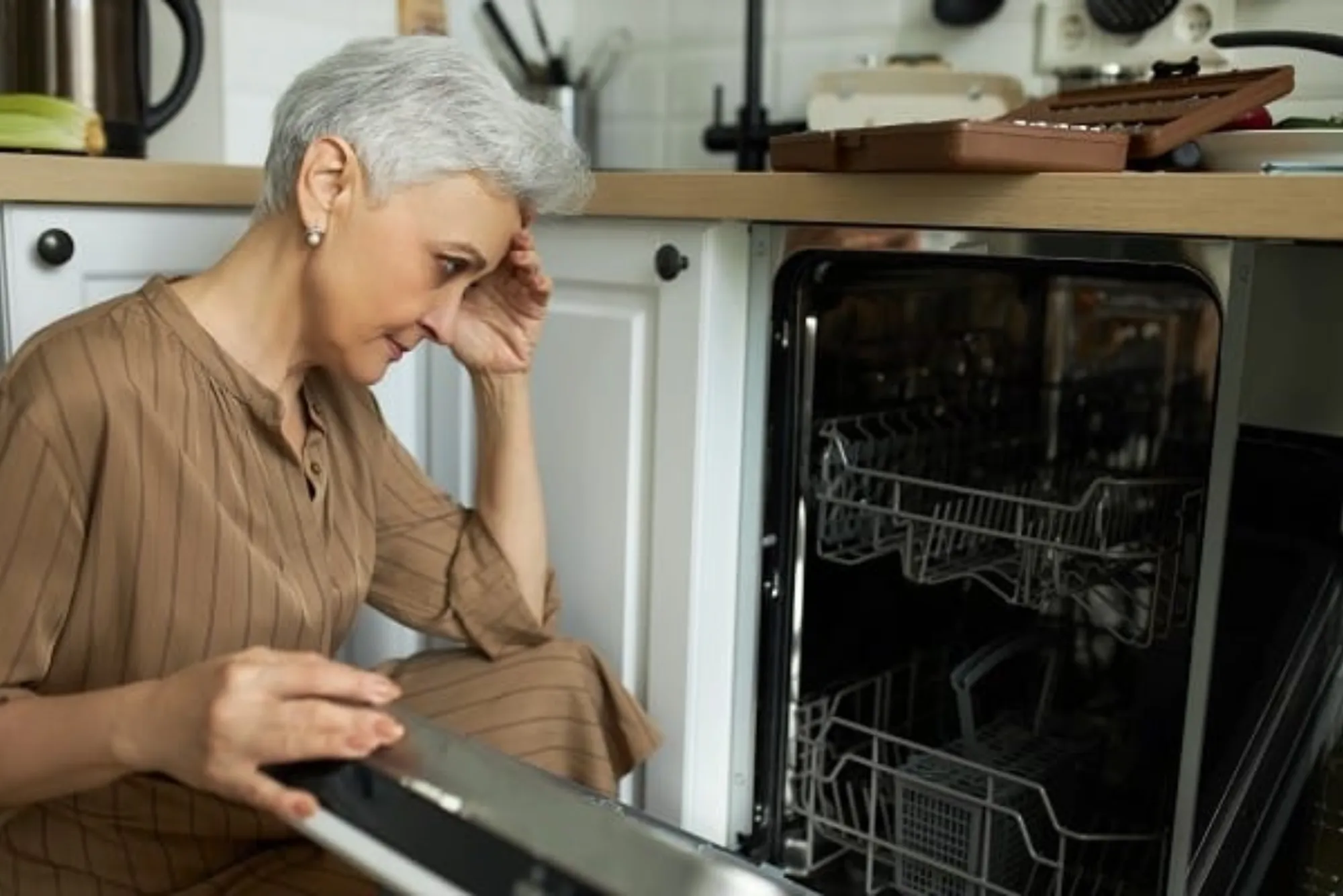Introduction
Exploring flea craft and farmers picks is one of the most rewarding ways to discover handmade goods, vintage treasures, and fresh local produce. These markets bring communities together and offer a blend of creativity, tradition, and unique finds that you cannot get in big-box stores. In this guide, you’ll learn how to uncover the best items, support local makers, and shop smartly at craft fairs and farmers markets. Whether you want handmade décor, organic goods, or antique gems, this detailed article will help you navigate every part of the experience.
What Makes Flea Craft and Farmers Picks So Special?
Visiting markets is not just about shopping. It is also about finding things that carry stories. Flea craft and farmers picks stand out because they offer authenticity, character, and quality. The products sold at these markets often come from creators who pour their passion into their work. As a result, every item holds meaning. These markets allow you to walk into a world of colors, scents, textures, and conversations that feel warm and inspiring.
How to Prepare for a Flea Craft and Farmers Market Visit
Getting ready before you go helps you enjoy the experience more and find the best flea craft and farmers picks. A little planning can prevent stress and help you make better decisions. Start by choosing the right time and place. Most markets are busiest in the late morning, so arriving early helps you explore without crowds. It also gives you first access to the freshest produce and most unique crafts.
Know Your Goals Before You Go
Think about what you want to buy. You may be looking for handmade jewelry, wooden crafts, antiques, or fresh fruits and vegetables. Knowing your priorities helps you stay focused. When you understand what you want, you can easily navigate the market. This also helps you avoid impulsive buying, which happens frequently when you see so many interesting items.
Bring the Essentials
Carrying a reusable bag, comfortable footwear, and enough cash makes the trip easier. Many vendors still prefer cash payments. Cash also helps you negotiate better. Comfortable shoes are important because you will do a lot of walking. Keeping a list of items you need prevents confusion and ensures you find the best flea craft and farmers picks.
How to Find the Best Flea Craft and Farmers Picks
Finding high-quality items requires a mix of curiosity and attention. Markets are full of exciting products, but quality varies. When you learn how to inspect and evaluate items, you will make smarter buying decisions.
Check Craftsmanship Carefully
Handmade items show creativity, but not all are made with the same skill. Look at stitching, finishing, or carving details. When an item is crafted well, you can feel the quality. If you see loose threads or uneven finishes, it may not last long. Well-made pieces stand out because they feel sturdy, clean, and thoughtfully designed.
Talk to the Makers
Talking to artisans and farmers gives you valuable insights. Most creators love explaining their process. You can learn what materials they use, how they source their ingredients, and how long they’ve been working in their craft or trade. These conversations help you understand the story behind the flea craft and farmers picks you buy. They also help you support local talent more meaningfully.
Compare Before Buying
Markets are large, and many vendors offer similar items. Before buying something, walk around the entire market once. You may find better prices or higher quality at another booth. By comparing, you make sure you choose the best value. This strategy is especially helpful when buying expensive crafts or rare collectibles.
Categories of Flea Craft and Farmers Picks Worth Exploring
Every market offers a mix of categories. Knowing what to expect helps you shop smarter and find hidden gems.
Handmade Crafts and Art
This category includes pottery, homemade candles, knitted items, paintings, and wooden art. These items add warmth to your home. Handmade crafts often reflect the personality of their creators. When you buy them, you bring a piece of their world into yours. Artists also offer custom pieces. Asking about customization can give you something truly unique.
Vintage and Antique Treasures
Flea markets are known for their antique finds. You may discover old cameras, vintage jewelry, collectibles, or rare books. Always check for authenticity. If a piece looks too shiny, it may be a reproduction. True vintage pieces show signs of age but still look elegant. These items make great investments because their value often increases.
Fresh Produce and Organic Goods
Farmers markets offer the finest local fruits, vegetables, honey, cheeses, and baked items. Buying from small farms supports sustainable agriculture. You also get fresher food. When selecting produce, look for seasonal items. Seasonal picks taste better and cost less. Ask farmers about their growing methods if you prefer organic options.
Home and Garden Essentials
From hand-woven baskets to outdoor décor, many booths offer creative home items. These products bring character to your living space. Garden items like handmade planters or herb kits also make great gifts. When choosing décor, consider colors, textures, and how an item fits your style.
How to Negotiate Politely
Negotiation is common at flea markets. However, it must be done respectfully. Most vendors work long hours and depend on fair pricing. Start by asking politely if there is flexibility. Avoid aggressive bargaining. If you buy multiple items, vendors usually offer better deals. Staying friendly and appreciative encourages better discounts and creates a positive experience.
Benefits of Buying Flea Craft and Farmers Picks
Buying from these markets brings numerous benefits. You support small businesses and local families. You also reduce environmental impact by choosing handmade and locally sourced items. These purchases encourage sustainable craftsmanship. When you shop at a market, you contribute to a stronger community. You also get higher quality compared to mass-produced items.
Tips for First-Time Shoppers
If it is your first market visit, take your time. Do not rush. Explore every corner. Bring a small notebook to remember booths you like. Take photos if vendors allow. Ask questions about materials or freshness. By staying curious, you will learn quickly and enjoy the whole experience.
How to Store and Care for Your Finds
Once you bring home your flea craft and farmers picks, proper care helps preserve them. Wooden items should be kept away from moisture. Handmade fabrics may require gentle washing. Vintage items should be stored away from sunlight. For fresh produce, refrigerate what needs cooling and wash everything before use. Taking care of your purchases keeps them looking great for years.
Why These Markets Are Growing in Popularity
People want authentic shopping experiences. They want items with character and meaning. Flea craft and farmers markets offer this connection. At a time when everything feels digital, physical markets bring people together in a warm and human way. These markets also grow because they support sustainable living. Shoppers appreciate knowing where their goods come from. This transparency builds trust.
Local Travel and Market Exploration
If you love visiting markets in different towns, travel guides can be useful. You can explore destinations that host popular flea craft and farmers picks events. A helpful resource you can explore is the website Travels Village . It offers travel tips, destination highlights, and guides that help you plan enjoyable market trips.
Flea craft and farmers picks offer more than products. They offer experiences, stories, and meaningful connections. Whether you want handmade goods, vintage finds, or fresh produce, these markets give you something special. When you support local makers, you help preserve creativity and community traditions. Start exploring markets near you and discover the treasures waiting for you. If you want more travel inspiration or market guides, visit Travels Village internal link for helpful insights.
FAQs
What should I bring to a flea market for the first time?
Bring cash, a reusable bag, comfortable shoes, and a list of items you want to explore. These essentials make your visit smooth and enjoyable.
Is it okay to negotiate prices at flea markets?
Yes, but always negotiate politely. Many vendors expect some bargaining, but respectful communication makes a big difference.
How can I tell if a vintage item is real?
Check for natural signs of aging. Look at craftsmanship, materials, and maker marks. If something seems too perfect, it may be a reproduction.
Why are farmers markets better for produce?
Farmers markets offer fresher, seasonal produce straight from local farms. This results in better taste and higher quality.
How early should I arrive at a market?
Arriving early helps you avoid crowds and find the best flea craft and farmers picks before they sell out.













